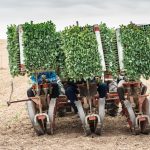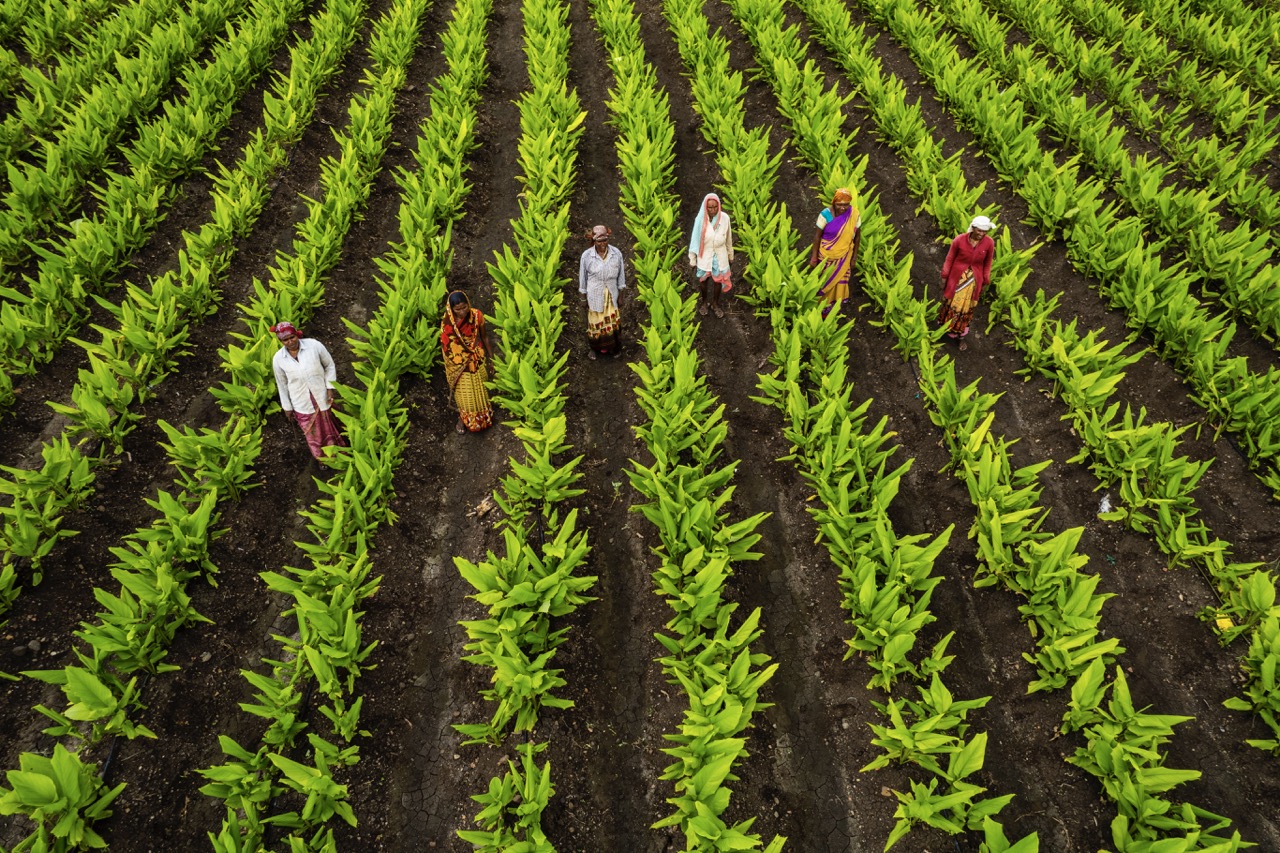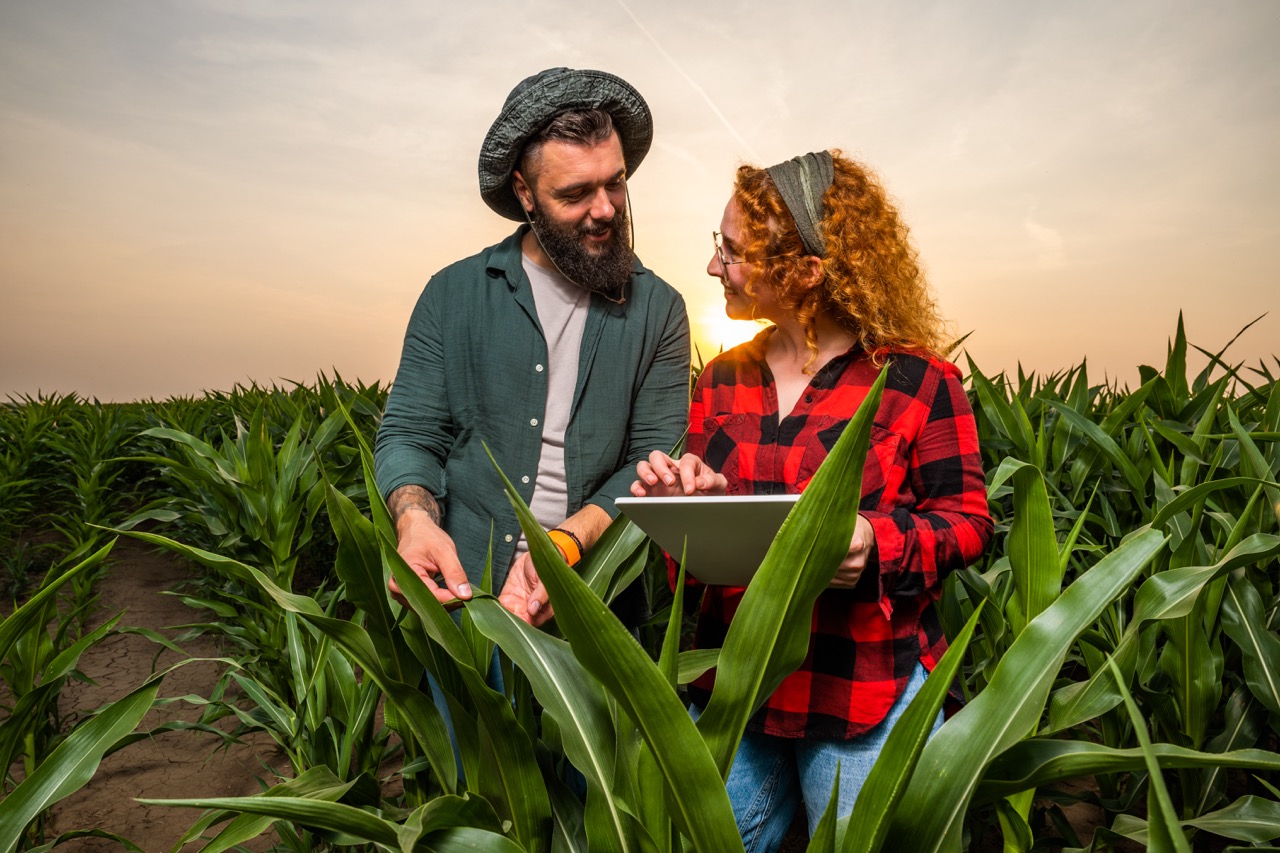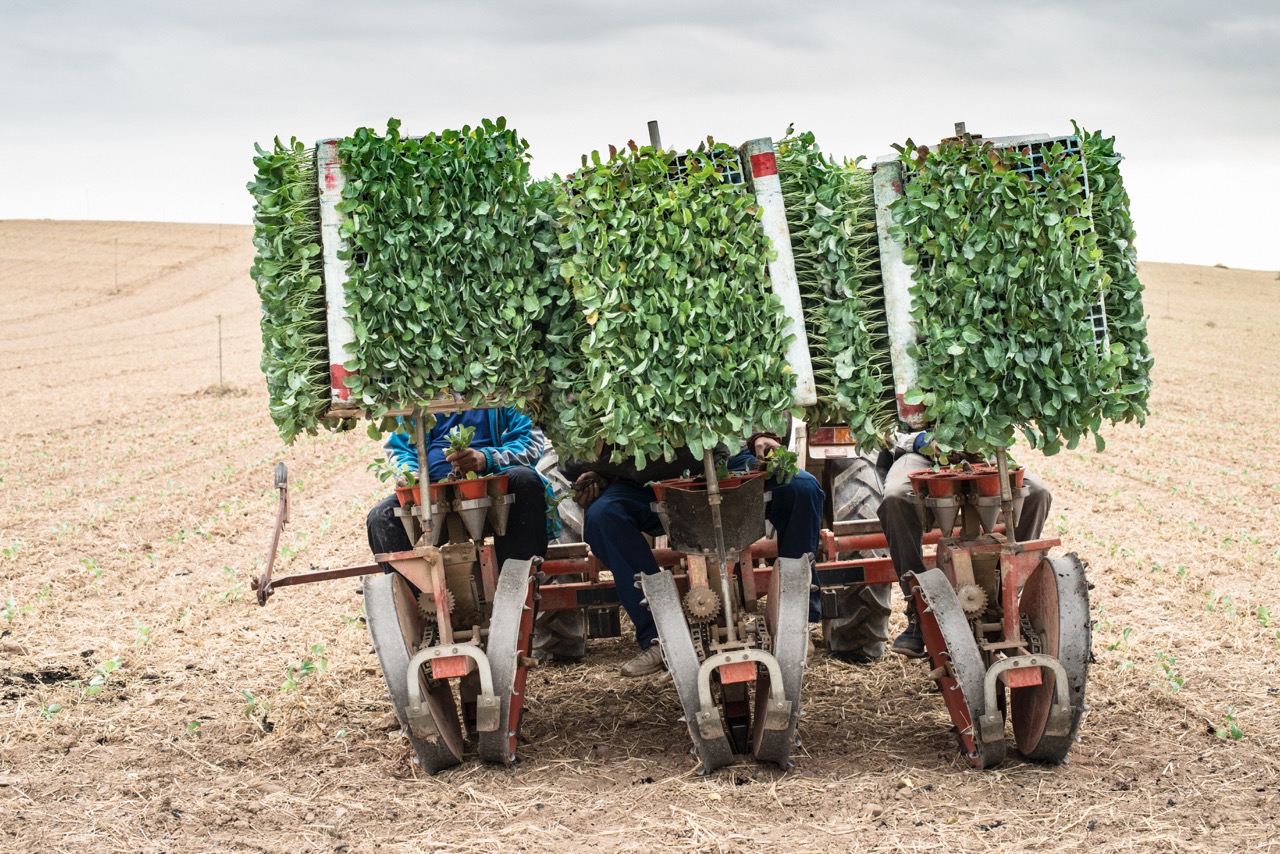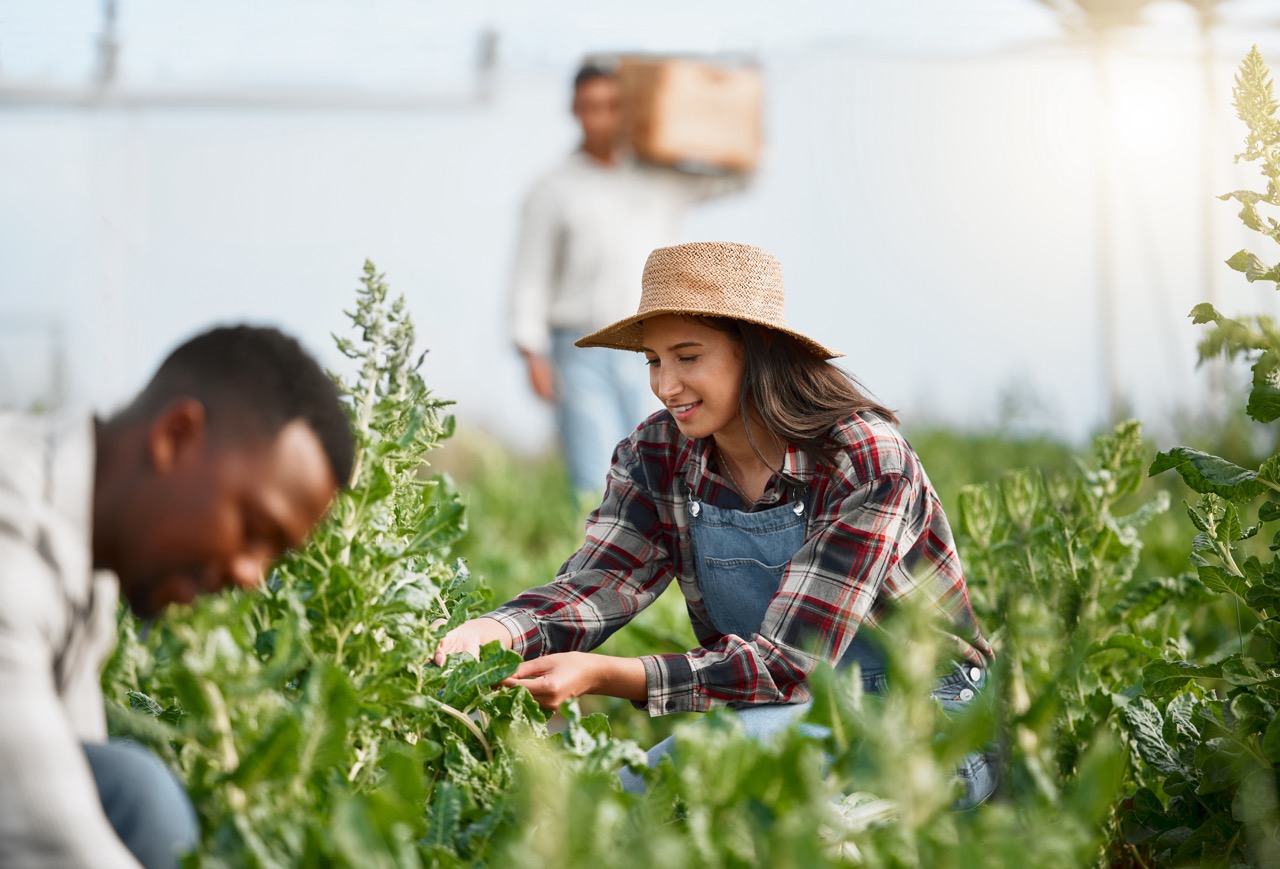Sharecropping, an agricultural system rooted in history, has often been viewed through a lens of exploitation and economic dependency. However, as the dynamics of farming evolve, a renewed perspective emerges that highlights sharecropping as a fertile ground for collaborative innovation. This article explores how sharecropping fosters teamwork and resource-sharing among farmers, leading to innovative practices that can enhance productivity and sustainability in agriculture. By examining its historical context, the role of collaboration, success stories born from necessity, and its potential future, this piece seeks to redefine sharecropping as a model of growth in contemporary farming.
Understanding Sharecropping: A Historical Perspective on Farming
Sharecropping emerged in the United States post-Civil War as a means to provide former enslaved individuals with a livelihood. Landowners and sharecroppers entered into agreements where laborers would work the land in return for a share of the crop yield. This system created a new economic relationship and facilitated a form of land access for those who previously had none. However, sharecropping came with its challenges, often leading to cycles of debt and economic hardship for the laborers involved.
Despite these challenges, sharecropping has historical significance in shaping agricultural practices. It allowed for the cultivation of diverse crops and introduced innovative farming techniques, as sharecroppers had to adapt to the land and make the most of limited resources. The necessity of survival spurred a unique form of collaboration, where knowledge and skills were shared among farmers, often leading to improved crop yields despite the systemic barriers they faced.
The legacy of sharecropping is complex, reflecting both resilience and struggle. However, as the agricultural landscape continues to change, it becomes crucial to revisit this historical system with a focus on the collaborative elements that emerged from it. Understanding the socio-economic backdrop of sharecropping lays the foundation for appreciating its influence on modern farming practices and the collaborative innovations that continue to evolve from it.
The Role of Collaboration in Modern Agricultural Practices
Collaboration among farmers has become increasingly important in modern agricultural practices, where challenges such as climate change, market volatility, and resource scarcity necessitate innovative solutions. Sharecropping, in its essence, naturally cultivates collaboration, as farmers often rely on one another to share resources, knowledge, and labor. This interdependence fosters a community spirit that encourages collective problem-solving and the sharing of best practices.
In contemporary farming, collaborative initiatives such as cooperatives, community-supported agriculture (CSA), and collective resource management echo the principles of sharecropping. Farmers working together can pool their resources, reduce costs, and access new markets, thereby increasing their resilience against economic uncertainties. Such cooperative models allow for the exchange of ideas and technologies, promoting innovation that can lead to improved agricultural productivity and sustainability.
Moreover, modern technology has further enhanced collaboration in farming. Digital platforms allow farmers to connect with one another, share data, and collaborate on projects that address common challenges. As farmers leverage technology to work together more effectively, the spirit of sharecropping lives on, demonstrating that collaboration is not only beneficial but essential for the future of agriculture.
Innovations Born from Necessity: Sharecropping Success Stories
The limitations of traditional sharecropping arrangements have often compelled sharecroppers to innovate creatively. For instance, smallholder farmers in various regions have developed intricate crop-sharing agreements that allow them to experiment with different varieties and practices without the risk of losing their entire yield. This adaptive approach has led to the development of resilient crop strains and sustainable farming methods, showcasing how necessity drives innovation.
One prominent success story comes from the rice-sharing agreements in Southeast Asia. Sharecroppers have collaborated to cultivate flood-resistant rice varieties, which were developed by pooling knowledge and resources. These innovations not only ensure food security for local communities but also highlight the potential for sharecropping to facilitate agricultural advancements that respond to environmental challenges. The participatory nature of these arrangements exemplifies how shared experiences can lead to collective enhancement of farming practices.
Additionally, sharecroppers in various parts of Africa have harnessed local knowledge and practices to create agroecological methods that improve soil health and crop productivity. Community-led initiatives have resulted in the successful implementation of permaculture principles and regenerative practices that prioritize sustainability. These stories of collaboration and innovation underscore the transformative potential of sharecropping as a catalyst for agricultural progress.
Future of Farming: Sharecropping as a Model for Growth
As the global agricultural landscape faces unprecedented challenges, the sharecropping model presents a promising avenue for future growth. By fostering collaboration and innovation, sharecropping can serve as a blueprint for sustainable farming practices that prioritize community resilience and environmental stewardship. The potential for farmers to collaborate on shared challenges can lead to breakthroughs in productivity and sustainability that benefit entire communities.
Moreover, as urbanization increases and smallholder farmers struggle to compete with industrial agriculture, revisiting the principles of sharecropping can help empower marginalized farmers. Providing access to land through collaborative arrangements can enable equitable participation in the agricultural economy, promoting social justice and economic stability. This shift in perspective can help redefine land ownership and access, allowing for a more inclusive agricultural system.
In conclusion, the future of farming may very well hinge on the collaborative spirit exemplified by sharecropping. As we witness a growing emphasis on sustainable practices and community-driven agriculture, the lessons learned from sharecropping can inspire innovative models that enhance productivity while fostering social equity. By embracing collaboration as a fundamental aspect of farming, we can work towards a more resilient agricultural landscape that benefits both farmers and the broader community.
In summary, sharecropping often carries connotations of exploitation and systemic economic issues; yet, its potential for promoting collaborative innovation cannot be overlooked. By understanding its historical significance and recognizing the role of collaboration in modern agricultural practices, we can appreciate how sharecropping has paved the way for innovative success stories. As the future of farming unfolds, embracing the collaborative nature of sharecropping can provide a roadmap for sustainable growth, ensuring that agriculture continues to thrive amidst the challenges of the 21st century.



